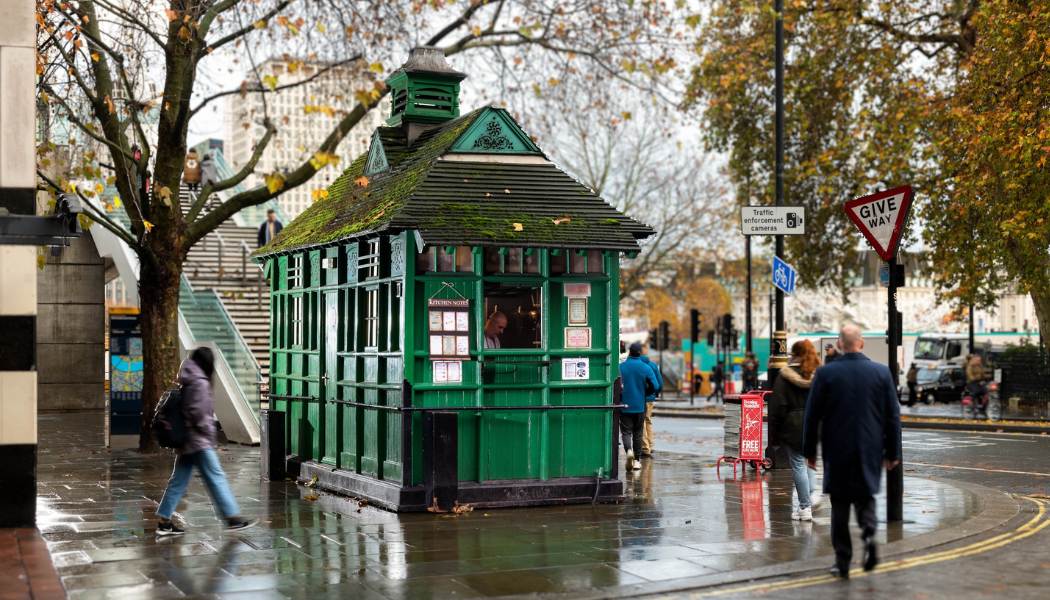The wellbeing created by day-to-day encounters with local heritage is worth £29 billion annually nationwide, according to a new Historic England report.
Its research suggests that on average, a person’s life satisfaction improves to the value of £515 a year, just by living near local heritage sites such as a small civic museum or village church.
Launched today, the ‘Heritage Capital and Wellbeing’ report suggests that the very presence of nearby historic places benefits residents’ quality of life, even if people do not participate in heritage activities.
The billions in annual economic gain has been calculated using guidance from the Treasury on measuring and quantifying in economic terms the effect of policies on people’s lives.
Grade II listed buildings, which represent most of England’s historic places, are the main drivers of life satisfaction increase, the report suggests, adding that proximity to lots of local heritage is a higher drive of life satisfaction than rare, exceptional historic places.

Historic England says the report is the first of its kind to quantify the wellbeing value of heritage, and has followed similar approaches within environmental economics, which have evidenced wellbeing gains proximity to urban green spaces.
The research is funded by the Culture Heritage Capital programme and is supported by DCMS and HM Treasury.
Lord Neil Mendoza, Chairman of Historic England, said: “We all value the role that green spaces play in ensuring wellbeing; this new ground-breaking research shows us that the everyday local heritage found in towns and cities across England plays a comparable and valuable role.
Adala Leeson, Head of Social and Economic research at Historic England, said the research “provides compelling economic evidence that demonstrates the value of heritage, and reinforces the importance of the advocacy and conservation efforts made by volunteers, community groups and the heritage sector to protect historic places.”
The full report is available to download via the Historic England website










